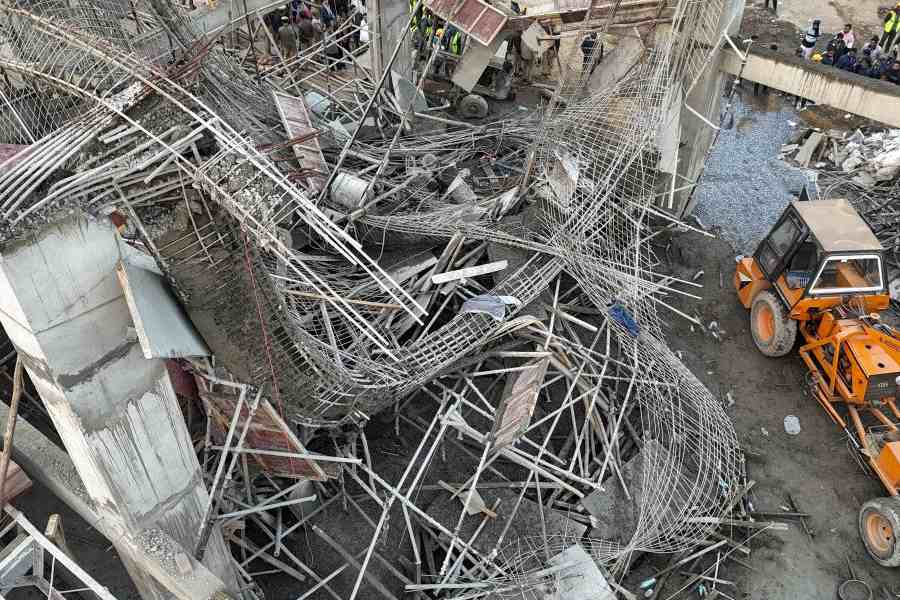What can art do when horror comes calling? What can art do when civilization itself is lost? Bertolt Brecht confronted this nihilistic question when he asked, “In the dark times, will there also be singing?” And his answer was: “Yes, there will also be singing. About the dark times.”
Luggage, People and a little space, Aban Raza’s recent exhibition hosted both online and offline by Galerie Mirchandani + Steinruecke, depicts the lives of those living outside privileged bubbles — inside trains, buses and dingy shanties bursting at the seams like the eponymous luggage, ordinary people, labourers, women, fighting to eke out a little space for themselves.
Raza’s oils, especially where she packs people in closely and one body almost fuses into the next, their shades bleeding into one another, are reminiscent of the Post-Impressionist strokes of Edvard Munch. Like Munch, Raza finds drama and horror in quiet, quotidian scenes. Everywhere one turns, an implosion is imminent. Objects of daily life are scattered on tables and shelves — rootless — as if only waiting to be packed and moved elsewhere. The hot and clammy air is thick with stench and envelopes entangled limbs on buses.
This air is heavy on the eyes of women trapped within the walls of their homes; this faceless congregation of women — it is impossible not to remember Shaheen Bagh — may seem powerless to move out of the walls of their homes but their defiant postures and spines of steel reveal otherwise.
Among these people — yet far removed from them — stands a sedate, humble Romila Thapar in scholarly robes. No issue of human existence is too irrelevant to be ignored nor too grand to be glorified. In Raza’s hands, art becomes a weapon of engagement, an intellectual knife, a medium to spread awareness and to talk about multiple realities and human existence.











